Insects: The Ultimate Guide. Facts, pictures and information on Insecta – the largest class of animals on Earth. Discover the characteristics of insects, their life-cycles, the roles they play in their ecosystems, and why they are so important for life on Earth…
Insects: The Ultimate Guide – Page Index
- FREE Printable Insect Quiz Sheet
- Introduction
- What Is An Insect?
- Insects Are Arthropods
- Characteristics of insects
- How Do Insects Breathe?
- Insect Metamorphosis
- Some Well Known Insect Groups
- Zygentoma (Silverfish and Firebrats)
- Odonata (Dragonflies and Damselflies)
- Hymenoptera (Ants, Bees and Wasps)
- Coleoptera (Beetles)
- Lepidoptera (Butterflies and Moths)
- Why Are Insects Important?
- Further Reading: Discover More About Insects With Active Wild
Free Printable Insect Quiz
How well do you know insects? Click here or on the image above to view / download a printable PDF insect quiz sheet. The answers to all of the questions can be found on this page.
- You can find more question sheets on this page: Free Printable Worksheets
Insects: Introduction
It’s easy to overlook insects; although we see them every day we don’t relate to them in the same way as we do with animals such as mammals or birds.
Insects may be small, and their habits not always endearing, but there can be little doubt as to just how successful they have been as a group.
Insects are found on every continent and in nearly every habitat. In fact, the only places on Earth in which insects are not found in large numbers are the oceans.
The first Insects appeared around 400 million years ago – that’s over 150 million years before the dinosaurs. Since then they’ve adapted to carry out many roles within many different ecosystems, overcoming several global extinction events in the process (including the Cretaceous – Paleogene Extinction Event that wiped out the non-avian dinosaurs).
Perhaps one of the most amazing aspects of insects is their sheer diversity. Over one million insect species have been identified – that’s over three times the number of known plant species. Over half of all known living organisms on Earth are insects.
On this page you’ll take your first steps towards becoming an entomologist (entomology is the study of insects; an entomologist is someone who studies insects). Read on to discover more about the amazing world of insects…
What Is An Insect?
An insect is an animal in the class Insecta (a ‘class’ is a group of related organisms. See this page–Animal Classification–for more information).
There are an estimated 1,053,578 known insect species (source), making Insecta by far the largest class in terms of number of species.
By comparison the class Mammalia (the mammals) contains around 6,000 living species, and the class Reptilia (the reptiles) contains just over 10,000 living species.
New insect species are being identified all the time. Scientists believe the actual number of living insect species may be somewhere between 6 and 10 million.
Even the plant kingdom Plantae, which with around 366,000 species is the next-largest kingdom after the animal kingdom, is dwarfed by Insecta.
All members of Insecta, both living and extinct, are descended from the first insects, which appeared approximately 396 million years ago.
The class Insecta is divided into many subgroups, each of which contains species which are more closely related to the other members of their own group than they are to other insects.
These subgroups include the orders Coleoptera (the beetles), Lepidoptera (butterflies and moths) and Diptera (flies). We’ll find out more about the different types of insect further down the page.
Insects Are Arthropods
Insecta itself is part of an even bigger animal group: Arthropoda. Other well-known arthropod groups are Arachnida (arachnids), which includes animals such as spiders and scorpions, and Crustacea (crustaceans), which includes animals such as lobsters, crabs and krill.
Characteristics Of Insects
Arthropod Characteristics
All insects have inherited the characteristics of arthropods, as well as having the characteristics that separate them from the other arthropods.
All arthropods are invertebrates. (An invertebrate is an animal that lacks a backbone).
Instead of an internal skeleton, an arthropod has an external skeleton called an exoskeleton. An arthropod’s waxy exoskeleton prevents it from drying out in dry habitats.
Other arthropod characteristics include a segmented body and an even number of jointed appendages (i.e. legs and antennae). The word 'arthropod' is derived from the Greek for ‘jointed foot’.
Insect Characteristics
Six Legs
Insects are members of a subgroup of arthropods known as Hexapoda, whose name comes from the Greek for ‘six legs’.
All insects have six legs. They are arranged in three pairs and are joined to the thorax – the middle section of the insect’s body.
Three-Part Body
An insect’s body has three main sections: the head, thorax and abdomen.
Head
The head houses the insect’s brain, mouthparts, and sensory organs including the eyes and antennae. An insect has a pair of large compound eyes and up to three simple eyes.
The simple eyes are highly sensitive to changes in light and may play a part in helping the insect to remain stable while flying. Not all insects have simple eyes.
An insect has a single pair of antennae. These are used not only to touch, but also to smell and to taste.
The second segment of an insect’s antenna houses an organ named the Johnston’s organ. This organ is only found in insects, and its presence can therefore be used to distinguish insects from other, non-insect hexapods.
The Johnston’s organ is extremely sensitive to movement of the uppermost parts of the antenna. The insect uses it to detect vibrations in the air. It plays a part in communication and in flight stability.
Thorax
The thorax is the middle section of an insect’s body. It is primarily concerned with movement, being the section to which the insect’s legs, and wings (if present) are attached.
Abdomen
An insect’s abdomen is the largest of the three segments. It is where most food digestion takes place, and also houses the insect’s reproductive and respiratory organs.
Female insects have an organ at the rear of their bodies known as an ovipositor. This is used for laying eggs, and allows the insect to correctly position the eggs while they are being laid.
The ovipositors of several insect groups, including many wasp, bee and ant species, have been modified into stingers.
Because a sting is a modified ovipositor, only female insects are able to sting.
How Do Insects Breathe? Insect Respiration
Insects don’t have lungs. They take in air through openings known as spiracles which are located along the sides of the thorax and abdomen. The air is transported around the body via narrow tubes called tracheae.
The larvae of many aquatic insect larvae are equipped with gills with which they acquire oxygen from the water. Not all aquatic insect larvae have gills; some have to come to the surface in order to take in oxygen.
Insect Metamorphosis
After hatching from an egg, nearly all insects progress from their larval stage to their adult stage via a process known as metamorphosis.
During metamorphosis an insect’s body undergoes changes, which in some groups can be substantial (think how different an adult butterfly is to a caterpillar).
There are two main forms of insect metamorphosis: incomplete metamorphosis (also known as partial metamorphosis, or hemimetaboly), and complete metamorphosis (holometaboly).
Incomplete Metamorphosis
An insect’s hard exoskeleton is restrictive to growth, therefore in its larval stage a growing insect goes through a series of molts (spelt moult in British English).
With each molt the outer exoskeleton is replaced and the insect becomes ever more like its adult version.
Insects that undergo incomplete metamorphosis are known as Exopterygota. This name comes from the Greek for ‘external wing’. The wings of Endopterygota grow on the outside of their bodies.
Well-known examples of Exopterygota include cockroaches, earwigs, stick insects and mantises.
Complete Metamorphosis
There are four main stages in the life cycle of an insect that undergoes complete metamorphosis. They are: egg, larva, pupa and adult (sometimes known as an ‘imago’.
During its larval stage an insect which undergoes complete metamorphosis may go through a number of molts as it grows. With the final molt the insect becomes a pupa.
It is during the pupal stage that the insect undergoes its final transformation. It will emerge from the pupa in its adult form.
Insects that undergo complete metamorphosis are known as Endopterygota. This name comes from the Greek for ‘inner wing’. The wings of Endopterygota grow on the inside of their bodies.
There are many more Endopterygota than there are Exopterygota. Well-known examples of Endopterygota include butterflies, wasps, ants and beetles.
You can find out more about the life cycle of a butterfly on this page: Butterfly Life Cycle
Well-Known Types of insects
As we found at the top of this page, over one million insect species have been identified. To highlight the diversity of the class Insecta, below is a selection of familiar insect orders...
Zygentoma (Silverfish and Firebrats)
Silverfish don’t pupate, instead they continue to molt throughout their lives. Typically nocturnal, these small insects are often found scurrying around the kitchen floor at night.
Odonata (Dragonflies and Damselflies)
Odonata is the insect order that contains the dragonflies and damselflies.
Unlike most other winged insects, members of the order Odonata are unable to fold their wings back neatly against their backs when they are not in use. Instead, the wings are held outwards (in the case of dragonflies), or back over the body (in the case of damselflies).
The Odonata appeared early in the Permian Period. Today they are among the largest insects, with the wingspan of some of the largest species reaching over 6.3 in. (16 cm).
However, today’s dragonflies would have appeared tiny compared to some of the giant dragonflies of the Permian Period, which had wingspans of over 27.5 in (70 cm).
Hymenoptera (Ants, Bees and Wasps)
There are over 150,000 known species in the order Hymenoptera, which contains the ants, bees, wasps and sawflies.
Many hymenopterans are parasites, with ovipositors adapted for injecting a host animal or plant with eggs. Once hatched, the larvae will eat the host from the inside.
The ovipositors of several hymenopterans are modified into stingers, which are used to inject venom either into prey or potential predators.
Most ants, and some bee and wasp species, are ‘eusocial’, living in complex communities which are centered around a single ‘queen’. The queen is the founder of the colony, laying its first eggs in order to produce the first ‘workers’.
Workers are females who take care of the running of the colony. Each of the various classes of worker plays a specific role, which can include care of the young, foraging, and defending the nest.
At certain times of the year, male ‘drones’ are produced. These winged insects will mate with new queens, who will then depart to establish colonies of their own.
Coleoptera (Beetles)
Beetles are insects in the order Coleoptera. With around 400,000 known species, Coleoptera is the largest insect order. An amazing 20 percent of all known living species are beetles.
A beetle’s body is covered by protective casing. This is actually formed from the insect’s adapted forewings. Beetles fly using just their hindwings, which, when not in use, are hidden safely under the protective shell.
The earliest beetles appeared around 280 million years ago. Beetles now perform a vast number of roles in ecosystems all around the world. These range from dung beetles that feed on animal waste, to ladybugs that hunt plant-eating aphids (and are therefore welcomed by gardeners).
- You can find out more about beetles on this page: Beetle Facts: The Ultimate Guide To Beetles
Lepidoptera (Butterflies and Moths)
The butterflies and moths, which form the order Lepidoptera, are among the most conspicuous of all insects.
With large, often colorful wings, adult lepidopterans fly from flower to flower in search of nectar. While drinking the sweet liquid, they pollinate the flowers, playing their part in a mutually-beneficial relationship that began millions of years ago during the Cretaceous Period.
In their larval form, butterflies are known as caterpillars. Their pupal form is known as a chrysalis.
There are around 150,000 known lepidopterans, making the order the third-largest within Insecta after the beetles and the flies.
Why Are Insects Important?
Insects are often thought of as crop-destroying pests (e.g. locusts) or as carriers of diseases (e.g. mosquitoes). While it is true that the presence of insects can occasionally be detrimental to humans, there is little doubt that we would be far worse off if there were no insects.
As pollinators, insects play a vital role in supporting life on Earth. By assisting the first step of the food chain, insects enable energy from the sun to flow all the way up to the top predators.
Insects themselves are vital sources of energy and nutrients to a wide range of animals, from well-known insectivores (insect-eaters) such as anteaters and aardwolves, through to countless bird species.
Although insects are eaten by humans in many parts of the world, it is the honey produced by bees that has become a commercially-produced food.
Cave paintings depicting humans eating honey have been dated to over 8,000 year old. Bees have been kept for their honey for over 2,000 years. There is evidence of beekeeping from both Ancient Greece and China.
Insects are kept by humans not only for food, but also to produce silk. Silk is a soft material that appears to ‘shimmer’ as it catches the light. It is produced by weaving strands of fibers produced by the caterpillars of moths such as the mulberry silkworm.
Moths have been bred for their silk-producing caterpillars since ancient times.
Man has also used insects in natural pest control, and to produce dyes for both food and clothing.
We may have a love-hate relationship with insects, but perhaps we should learn to appreciate our six-legged friends a little more!
Insects: The Ultimate Guide – Discover More With Active Wild
We hope that you have enjoyed this exploration of Insecta. Below is a selection of other insect-related articles on Active Wild:
- Rainforest Insects
- Praying Mantis Facts
- Hummingbird Moth Facts
- What Is The Difference Between A Moth And A Butterfly?
- The Life Cycle Of The Monarch Butterfly With Pictures & Facts
You can find out more about other major animal groups on the following pages:



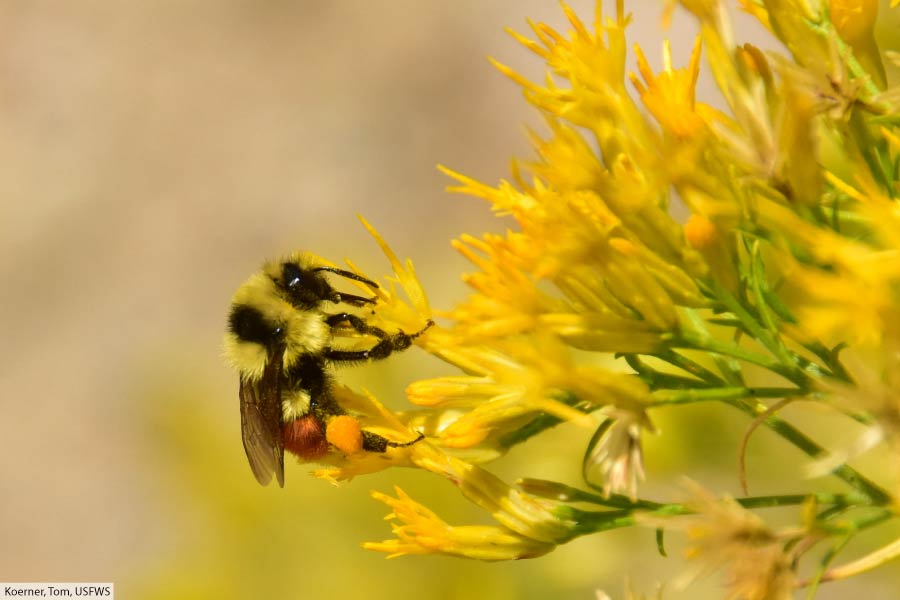
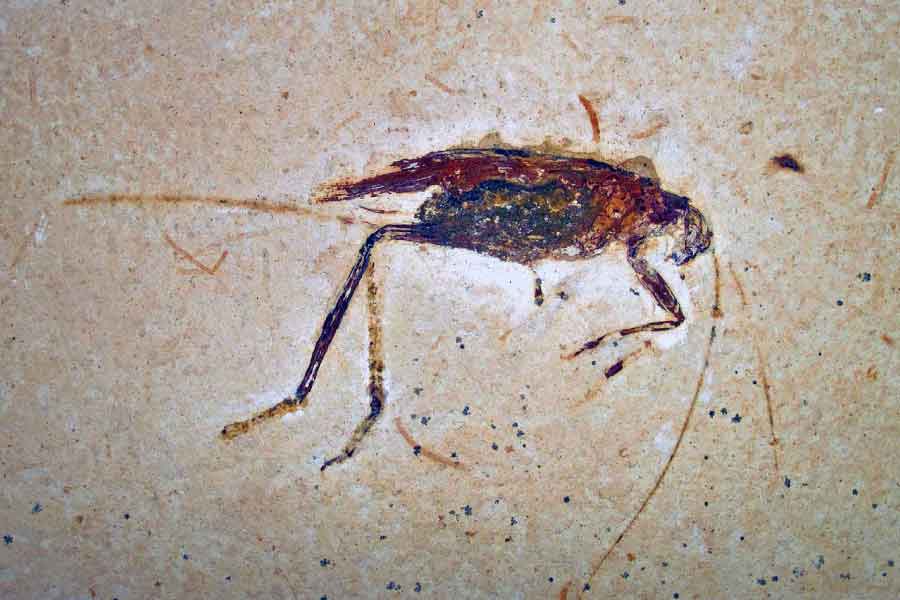

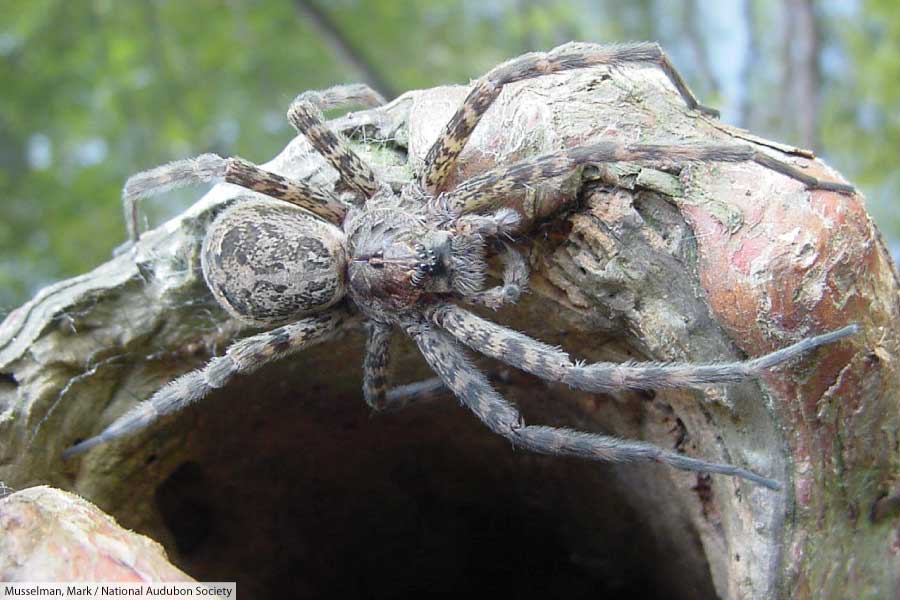
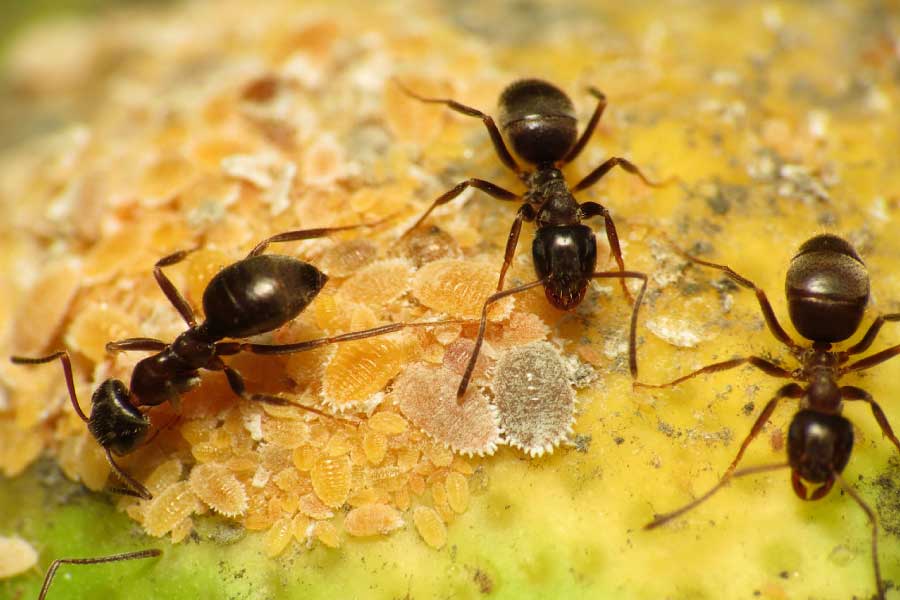



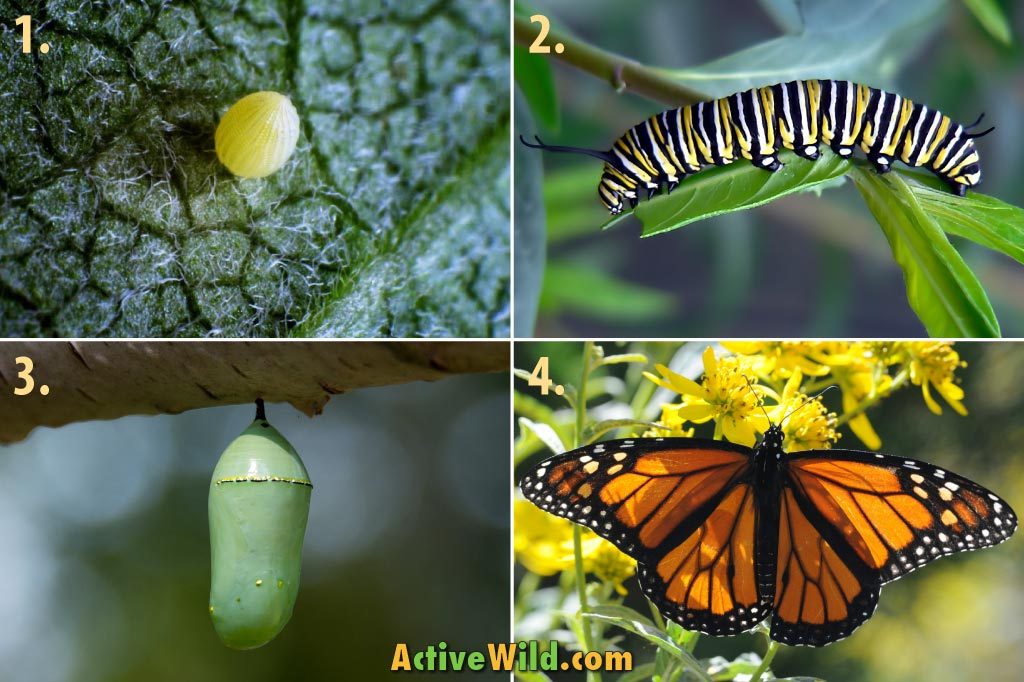
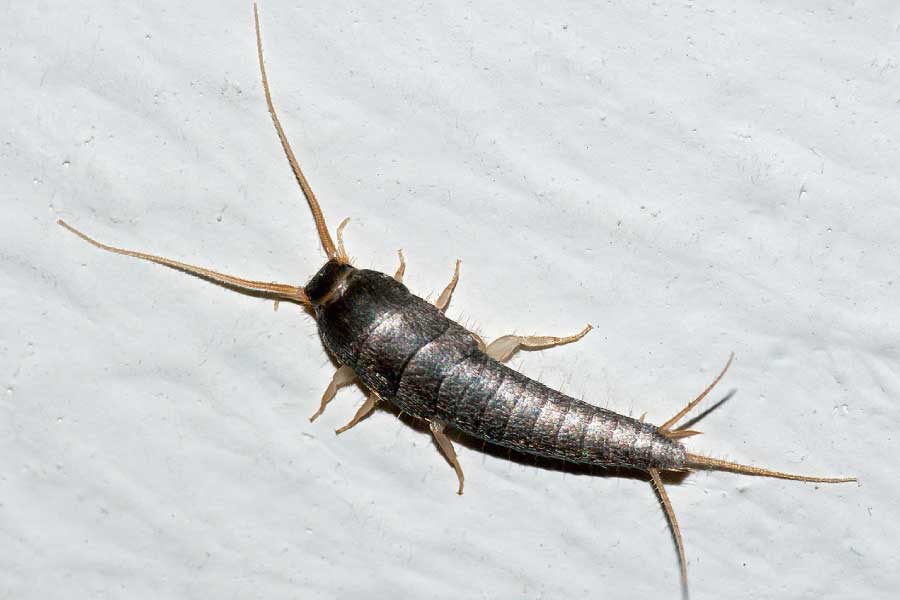



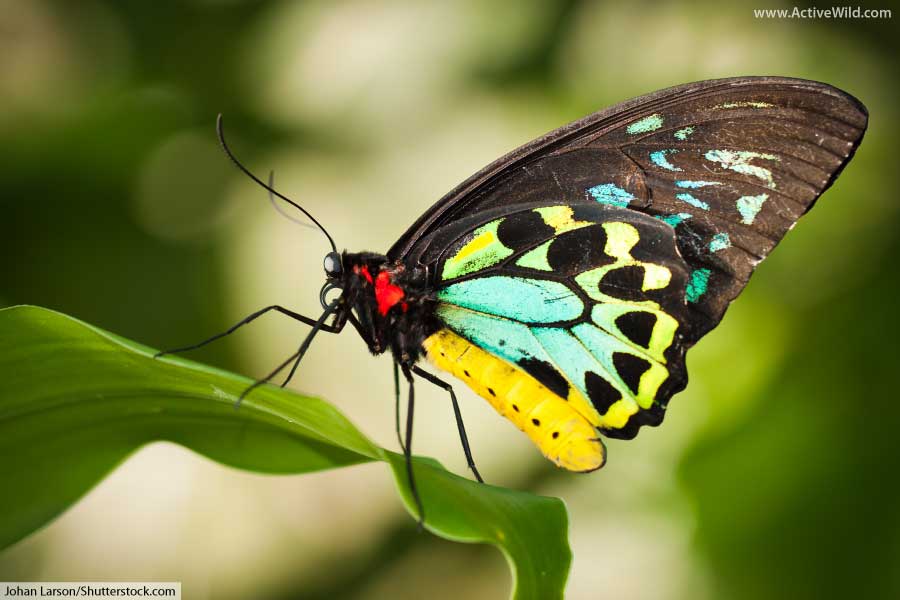

Thank you for all of the great information. I am doing a lesson plan on insects later this week and I am confident that my students will have fun learning some cool facts about insects.
You’re welcome! Thank you for stopping by and we hope that your lessons are a success!🦋
Regards,
The Active Wild Team
Where are the locusts??
Good call Gunnar, an article on locusts is on our ‘to do list’.
The Active Wild Team